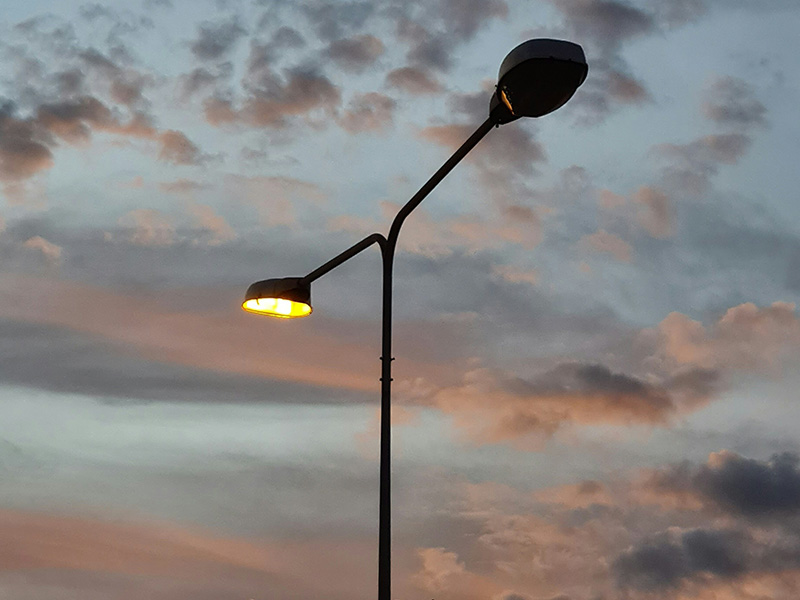Table of Contents
ToggleHow Many Kinds Of Tri-proof Lights Are There in The Lighting Market?
Introduction
Solar energy, a key renewable resource, is crucial in reducing greenhouse gas emissions and mitigating climate change, benefiting people, wildlife, and ecosystems. Additionally, it improves air quality and reduces water use in energy production. When combined with LED street lights, solar power significantly enhances environmental protection and energy savings. This article explores the concepts, advantages, and disadvantages of solar energy and solar street lights.
Advantages of Solar Power
- Renewable Energy Source: Solar energy is abundant and sustainable, available as long as the sun shines.
- Reduces Greenhouse Gas Emissions: Solar power generation produces no direct emissions, helping combat climate change.
- Lowers Air Pollution: Unlike fossil fuels, solar energy generation doesn’t release harmful pollutants, improving air quality.
- Reduces Water Usage: Solar power plants use significantly less water than traditional power plants, conserving water resources.
- Decreases Energy Costs: Once installed, solar panels provide free energy, reducing electricity bills.
- Low Maintenance: Solar panels require minimal maintenance, with occasional cleaning and periodic inspections ensuring optimal performance.
- Energy Independence: Solar energy allows for decentralized power generation, reducing reliance on centralized power grids and enhancing energy security.
Disadvantages of Solar Power
- Intermittency: Solar energy production depends on sunlight, making it less reliable during cloudy days and at night.
- High Initial Costs: The installation of solar panels and related infrastructure can be expensive, though costs are decreasing.
- Space Requirements: Solar panels require substantial space, which can be a challenge in densely populated areas.
- Energy Storage Costs: Effective energy storage systems, like batteries, are costly but essential for consistent energy supply.
- Environmental Impact: The production and disposal of solar panels involve some environmental impact, though it’s significantly less than fossil fuels.
Advantages of Solar Street Lights
- Energy Efficiency: Solar street lights use renewable energy, reducing electricity consumption and utility bills.
- Environmental Protection: These lights reduce greenhouse gas emissions and lower carbon footprints.
- Cost Savings: With no electricity costs and low maintenance, solar street lights offer long-term savings.
- Easy Installation: Solar street lights are easy to install, requiring no complex wiring or trenching.
- Independence from the Grid: These lights operate independently of the power grid, providing reliable lighting even during power outages.
- Low Maintenance: Solar street lights are durable and require minimal maintenance, with occasional cleaning and battery checks.
- Enhanced Safety: Reliable street lighting improves safety and security in public areas.
Disadvantages of Solar Street Lights
- High Initial Investment: The upfront cost of solar street lights is higher compared to traditional lighting systems.
- Weather Dependency: Solar street lights rely on sunlight, making them less effective in areas with limited sunlight or frequent inclement weather.
- Energy Storage Challenges: Efficient batteries are necessary for storing solar energy, but they add to the overall cost and require periodic replacement.
- Vandalism and Theft: Solar panels and batteries can be targets for vandalism and theft, necessitating additional security measures.
- Regular Maintenance: While minimal, regular maintenance is essential to ensure the longevity and performance of solar street lights.
Conclusion
Solar power and solar street lights offer numerous environmental and economic benefits, contributing to sustainable development and energy efficiency. However, they also come with challenges such as high initial costs and dependency on weather conditions. By understanding these advantages and disadvantages, communities and policymakers can make informed decisions to optimize the use of solar energy in public lighting and other applications.





